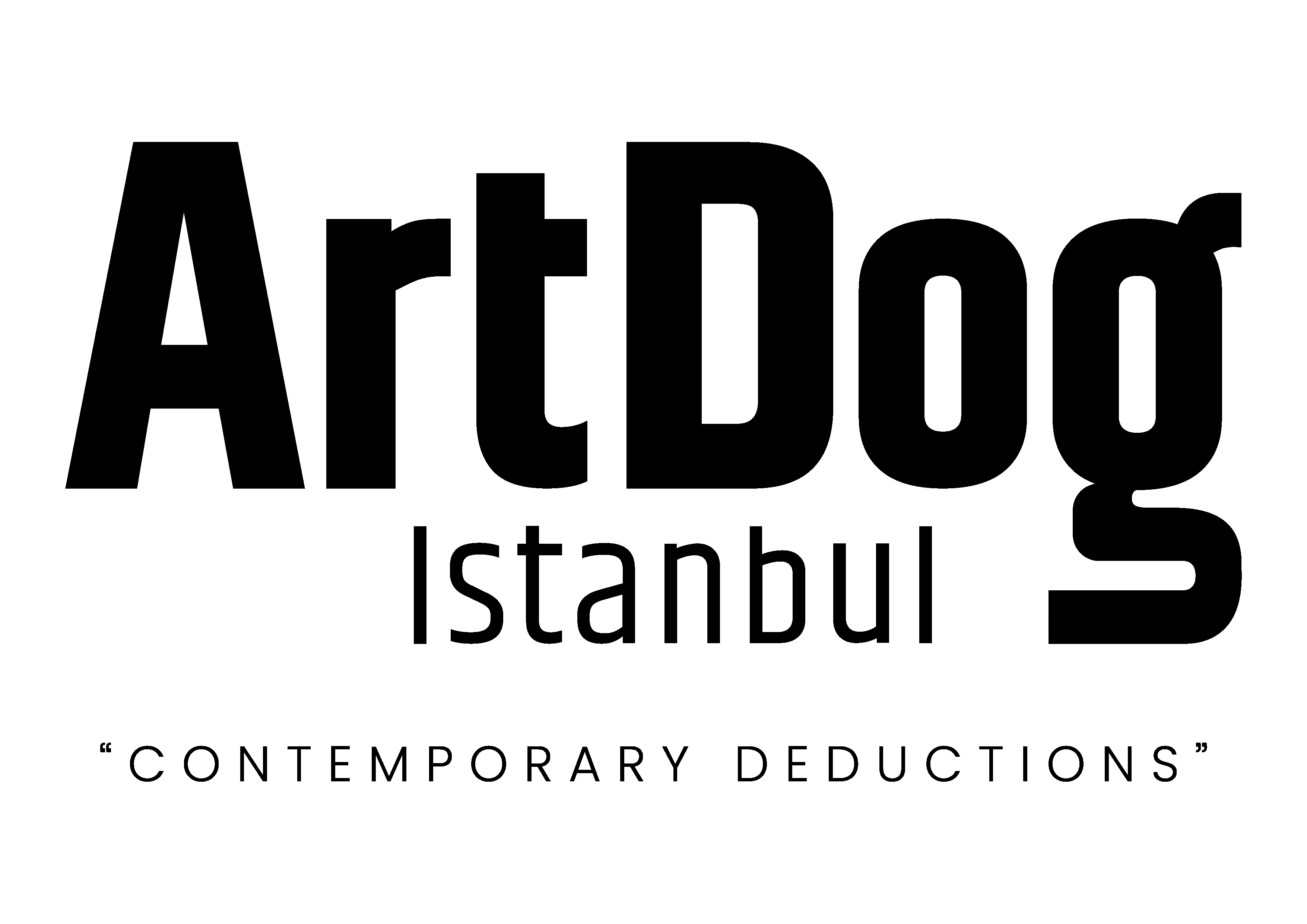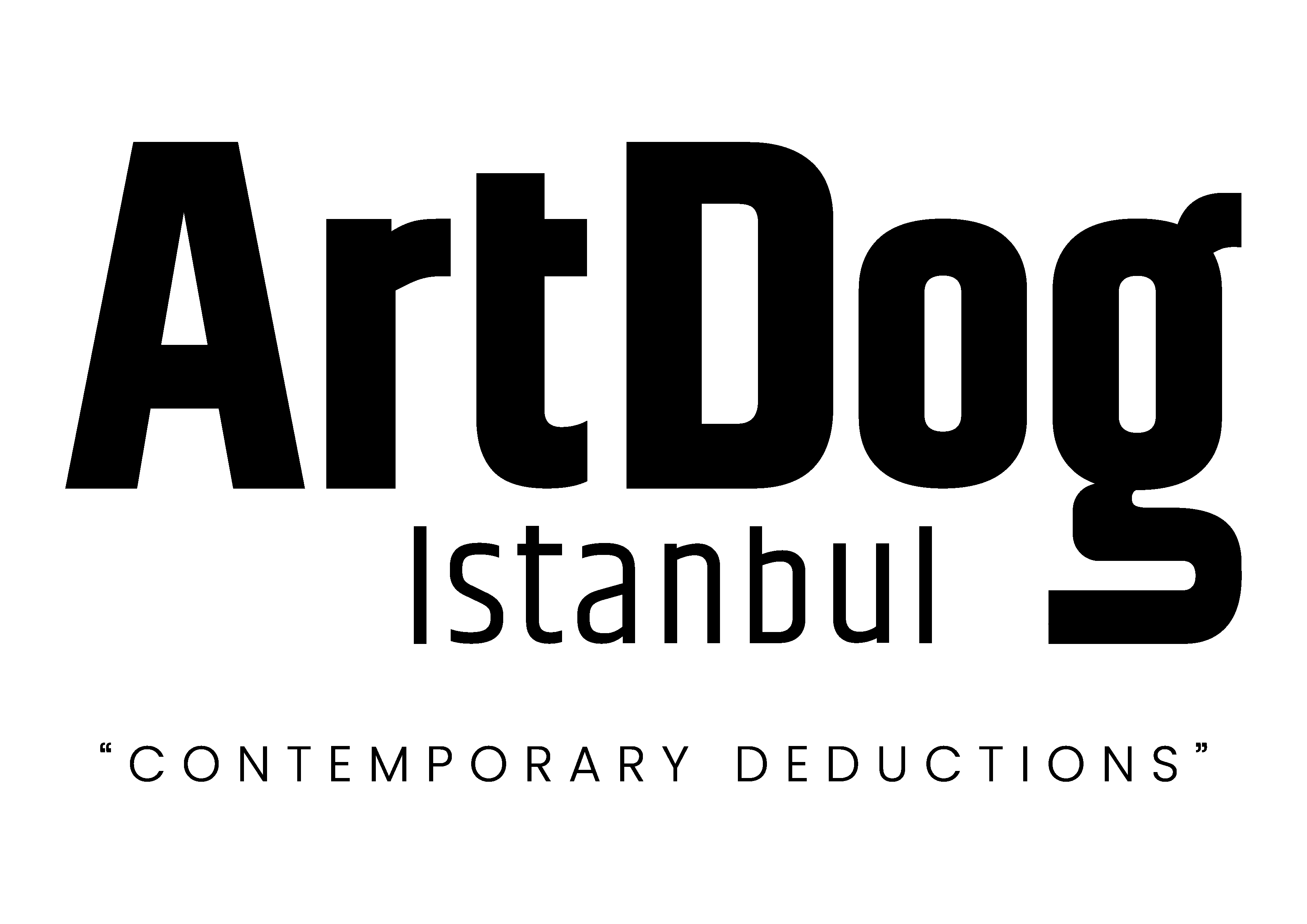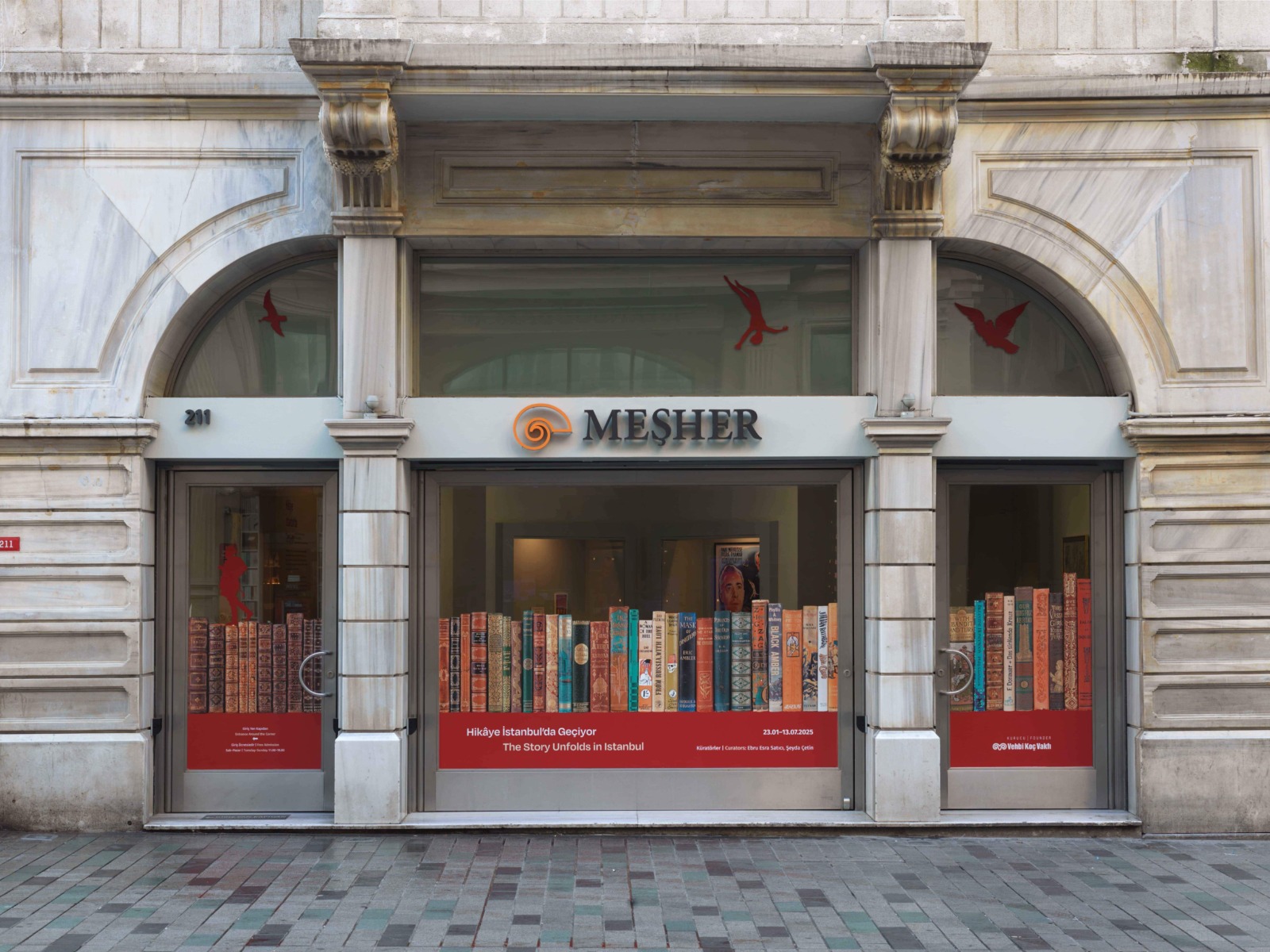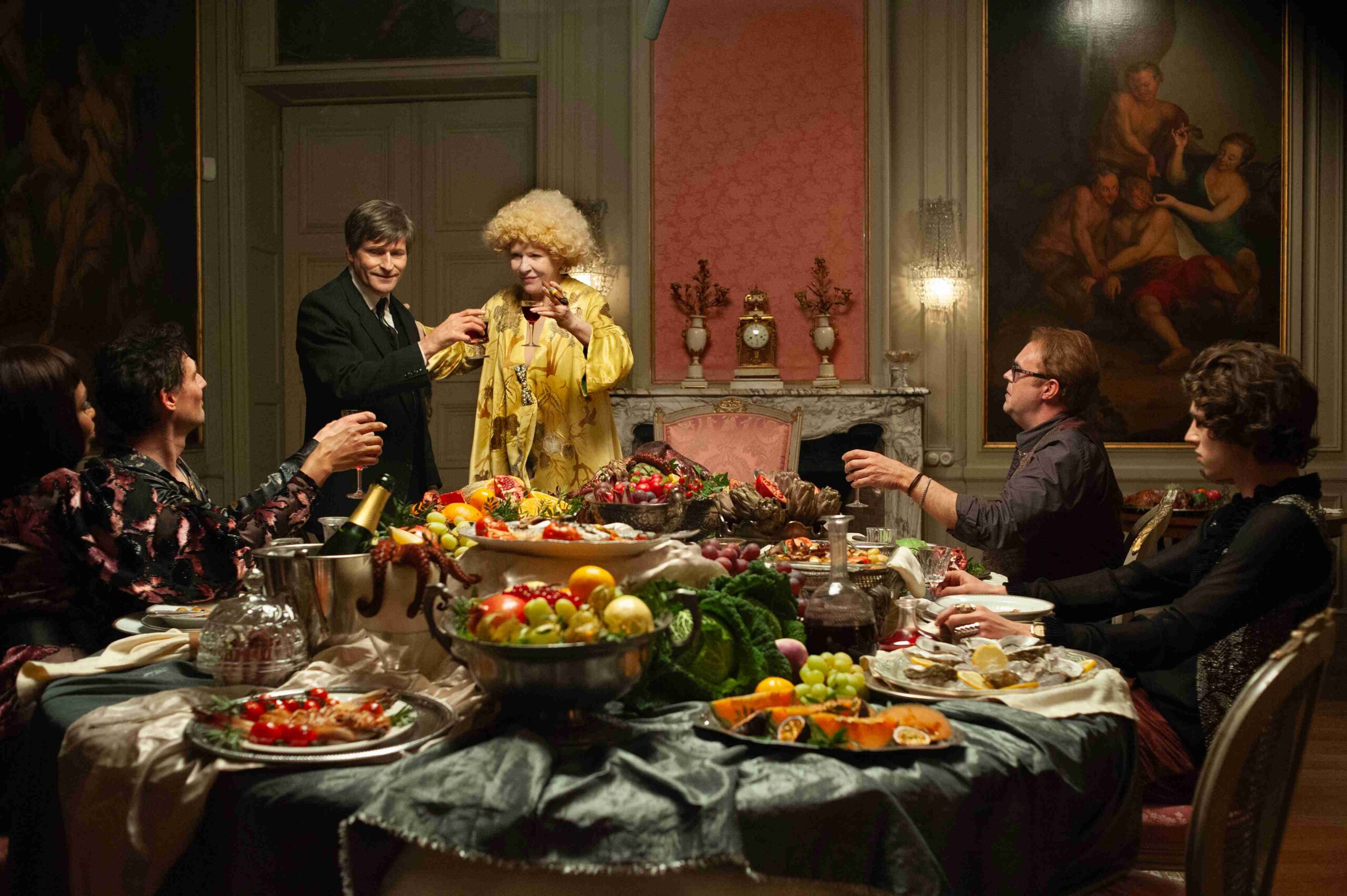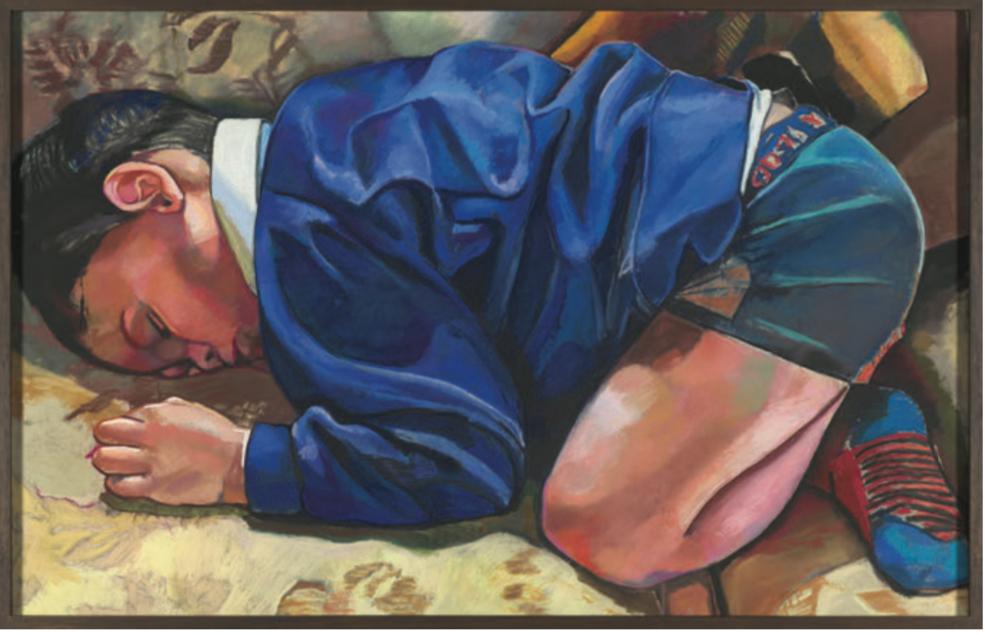As part of the exhibition “The Story is in Istanbul”, Meşher continues to bring together theatre and cinema enthusiasts with a series of special screenings. This week’s selection features a performance of Bajazet – en considérant Le Théâtre et la peste, directed by Frank Castorf and recorded in 2019. The screening will take place on Saturday, April 19.
Known for its exhibitions ranging from historical research to contemporary art, Meşher continues its film program, presenting adaptations of fictional works from Western literature within the scope of “The Story is in Istanbul”. A key figure in German theatre, Frank Castorf directed Bajazet – en considérant Le Théâtre et la peste, one of the most modern interpretations of the play, which was recorded in 2019 and will be screened on Saturday, April 19 at 3:00 PM.
Written in 1672 by French author Jean Racine, Bajazet is a tragedy revolving around political intrigues and passionate relationships in the Ottoman palace. Set during the absence of Sultan Murad IV, the story focuses on power struggles within the secluded world of the harem. The characters—including favored concubines, rivals, siblings, and viziers—find themselves caught between love and political ambition, ultimately leading to a tragic ending.
Maintaining its popularity particularly within French theatre and having been staged numerous times, one of the play’s most modern interpretations was staged in 2019 under the title Bajazet – en considérant Le Théâtre et la peste and released as a film in the same year. Frank Castorf offers a new perspective by blending Racine’s classical text with French writer Antonin Artaud’s essay Theatre and the Plague. Combining Racine’s dramatic language with Artaud’s theatrical philosophy, Castorf frames Bajazet as a medium to expose the existential contradictions of the human condition.
Jean Racine’s tragedy Bajazet was first staged in Paris in 1672 and published the same year, becoming one of the pioneering texts of orientalist literature. Racine provides information about the setting at the beginning of the play; the events mostly take place in the palace, particularly in the harem. Adorned with themes such as lust for power, love triangles, and palace intrigues, the play ends in murder, suicide, and fratricide. The copy displayed in the “The Story is in Istanbul” exhibition is the first and final edition of Racine’s complete plays revised by the author himself. It is accompanied by visual materials related to the 1937 and 2019 stage adaptations in France.
The exhibition “The Story is in Istanbul,” drawn from Ömer Koç’s collection and focusing on representations of Istanbul produced in various literary forms from the 16th century to the present, can be visited free of charge at Meşher until July 13.



